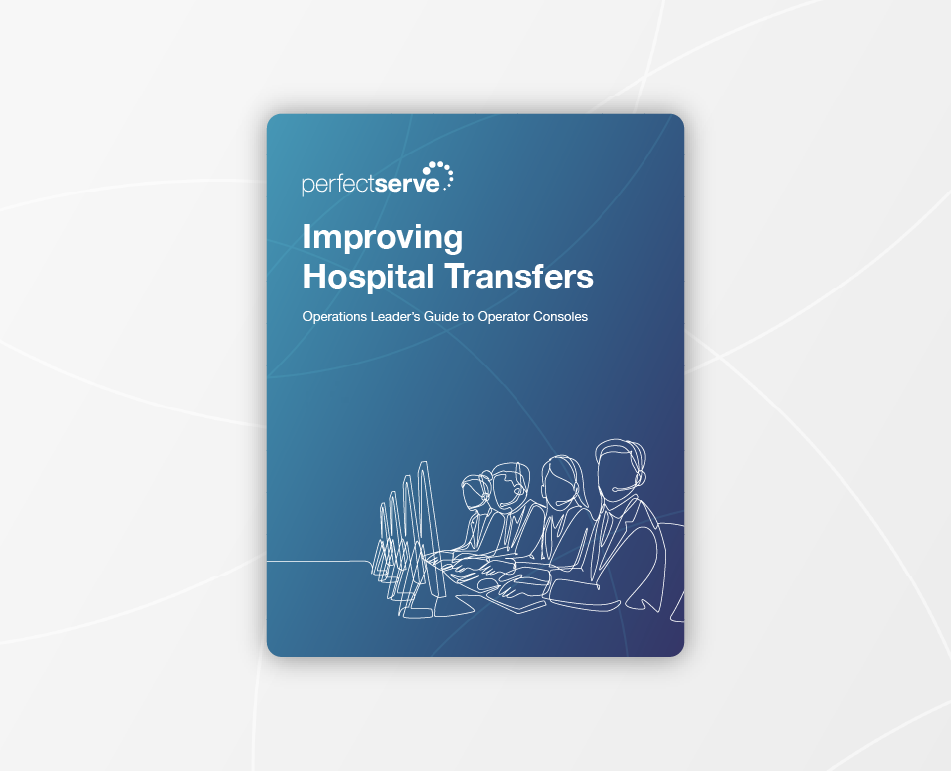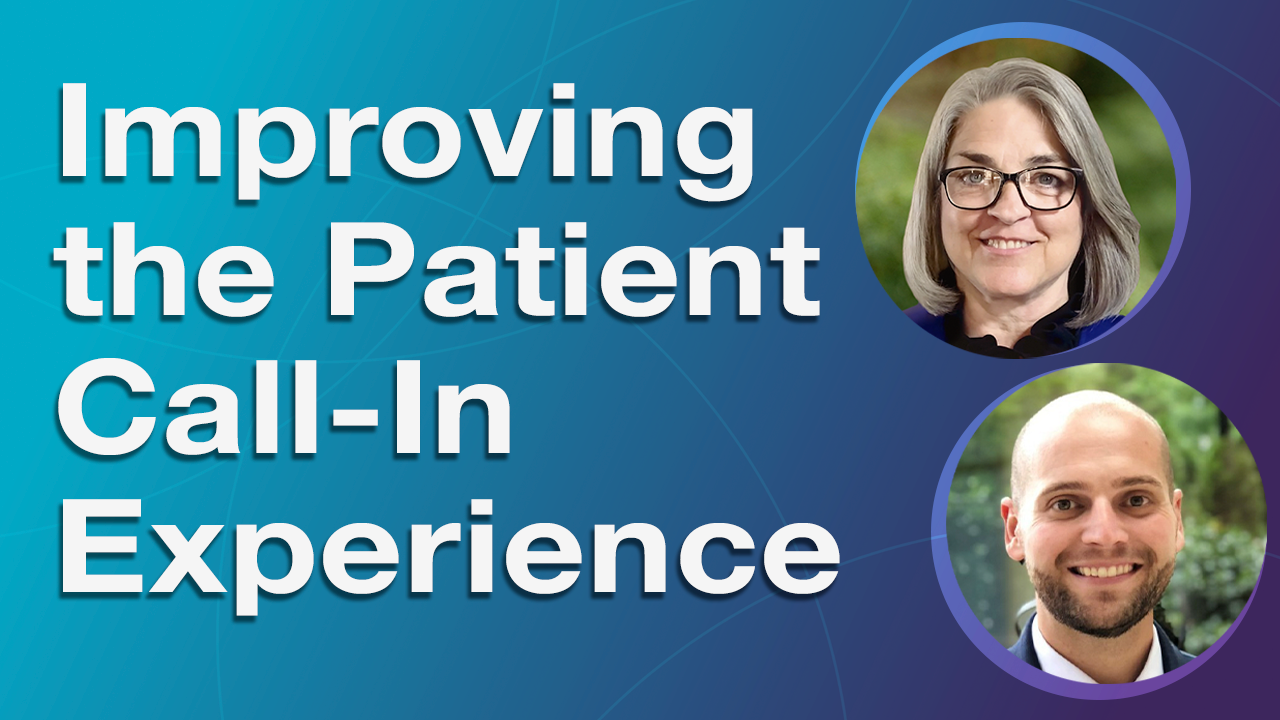Bridging Communication Gaps Through Smartphone Adoption

Organization
Hennepin Healthcare
Location
Minneapolis, MN
Implemented Solution
Clinical Collaboration Powered by Telmediq
Integrations
Epic, AMiON, Amtelco, American Messaging
TABLE OF CONTENTS
Recognized as a leader in superb healthcare delivery and one of the nation’s premier healthcare training institutions, Hennepin Healthcare is an integrated health system in Minnesota that includes a Level I Adult and Pediatric Trauma Center, an acute care hospital, and a network of neighborhood clinics located in Minneapolis and across Hennepin County. With over 7,300 employees, Hennepin Healthcare also features Hennepin County Medical Center, a 484-bed academic medical center.
Challenges
After more than a decade of using pagers to communicate between care teams at Hennepin Healthcare’s main hospital and 50+ primary care clinics, Chief Technology Officer (CTO) Matt Werder realized that pagers were adversely affecting patient discharge times by creating communication gaps and increasing administrative activities for clinicians.
The demands for tracking messages, updating communication data in the EHR, and returning phone calls were consuming more than 40% of nurses’ time per 12-hour shift. Pager messages provided little context during patient handoffs and were a challenge to track and audit. The inability to provide in-depth and real-time updates on patient status from one physician to another led to dangerous breakdowns in communication.
Dropped calls, unreturned messages, and the inability to quickly find and contact the right provider were taking their toll on Hennepin’s clinicians and their ability to coordinate care expediently. As the largest Level I Trauma Center in Minnesota, fast, reliable, and accurate communication was essential.
5 Reasons to Replace Care Team Pagers
1
Pagers are not HIPAA-compliant.
Pagers by nature are unsecure. Without encryption, messages containing protected health information (PHI) are at risk for breach.
2
Pagers do not enable two-way communication.
Messages on pagers provide little context during patient handoffs.
3
Pagers cannot escalate alerts.
If a page goes unanswered or unacknowledged, there is no automatic escalation to alert a backup team member within a defined timeframe.
4
Pager alerts do not indicate priority level.
Rather than hearing one tone for a prescription refill and a different tone for a critical admission to the ED, all pages sound alike.
5
Pagers have zero interoperability.
Traditional pagers are unable to integrate with EHRs, scheduling systems, or Active Directory.
Implementation
Hennepin’s 500 clinical communication solution users were reluctant to transition away from pagers and the existing workflows they had developed internally, so they required a secure messaging solution that would integrate with their existing pager network, EHR, and on-call scheduling solution. They also needed the flexibility to customize the automatic routing, prioritization, and tone variation of different message types.
Results
With Telmediq ensuring a seamless integration with existing pager networks, Hennepin County’s physicians were able to keep their pager numbers with a dedicated message inbox on their mobile phones. Mobile phone adoption facilitated real-time messaging, tracking and auditing of messages, communication data interoperability, and customization of message types.
Conclusion
Telmediq helped Hennepin implement a HIPAA-compliant, end-to-end communication system, evaluate communication from a provider/end-user perspective, and streamline coordination across the continuum of care.
Implemented Solutions
- Legacy device network integration
- Preservation of individual pager numbers
- EHR and on-call schedule integration
- Secure, real-time messaging
- Auditing and tracking of messages
- Custom message types
- Automatic priority message escalation
- Custom communication workflows and routing




